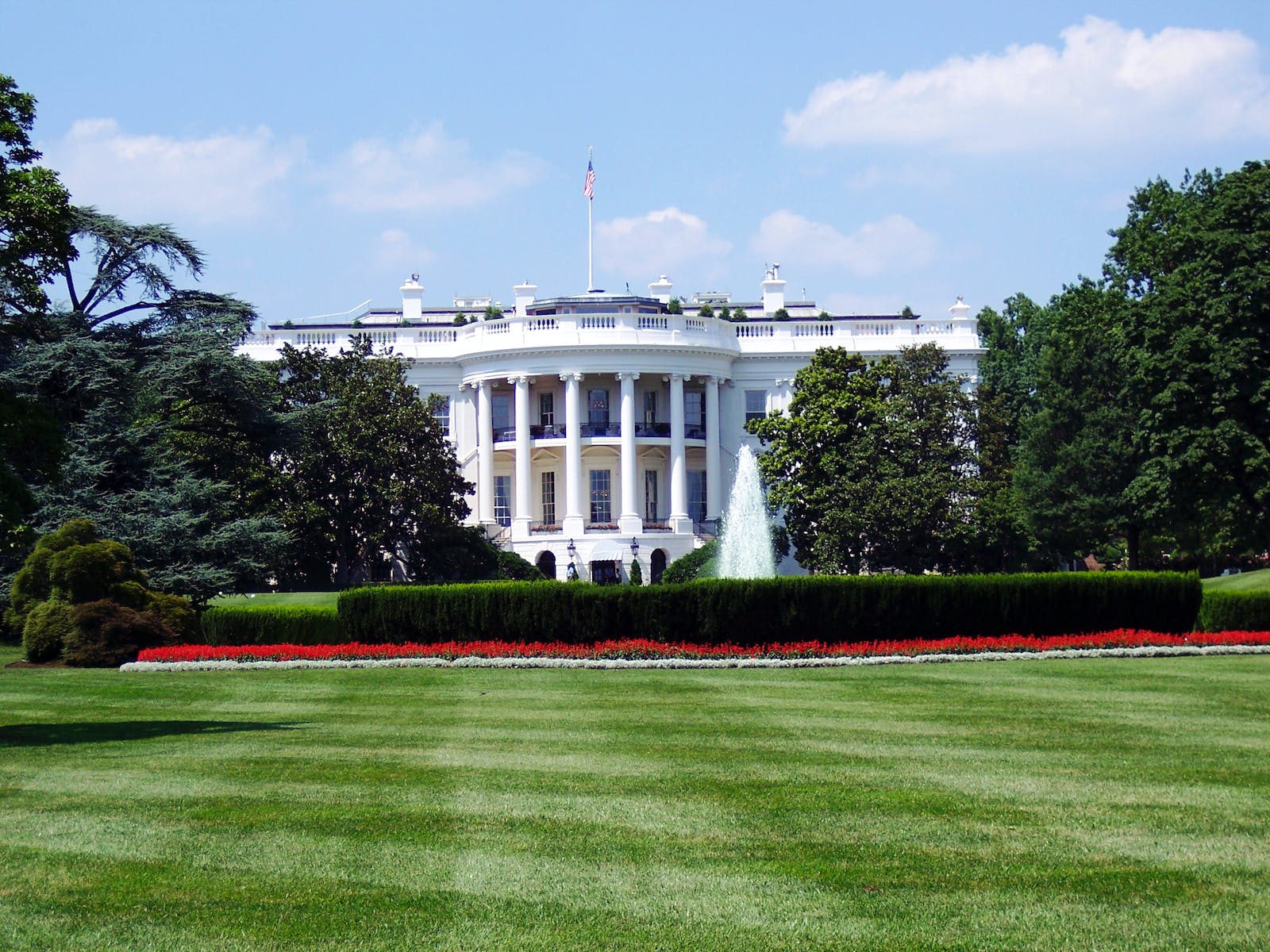Physical Address
304 North Cardinal St.
Dorchester Center, MA 02124
Physical Address
304 North Cardinal St.
Dorchester Center, MA 02124

The Federal Employees Retirement System (FERS) is a retirement program designed for employees of the United States federal government. It was established in 1987 and replaced the Civil Service Retirement System (CSRS) for federal employees hired after that date. FERS provides a comprehensive retirement package that includes a pension, Social Security benefits, and a Thrift Savings Plan (TSP) account. In this article, we will delve into the key features and benefits of the Federal Employees Retirement System.
FERS consists of three main components: the Basic Benefit Plan, Social Security, and the Thrift Savings Plan.
To be eligible for the FERS retirement benefits, federal employees must meet certain criteria. Generally, employees are vested in the Basic Benefit Plan after completing five years of creditable federal civilian service. This means that once they meet the vesting requirement, they are entitled to receive a pension upon retirement, regardless of their age.
In terms of eligibility for retirement, federal employees can retire under FERS at different ages, depending on their years of service and the type of position they hold. The earliest retirement age is 55 for employees with at least 30 years of service, 60 for those with 20 years of service, and the minimum retirement age (MRA) with at least 10 years of service.
One of the advantages of FERS is its portability. If a federal employee leaves federal service before being eligible for retirement, they can still take their accumulated retirement contributions with them and potentially transfer them to another retirement plan or roll them into an Individual Retirement Account (IRA).
In terms of retirement options, FERS offers flexibility. Employees have the choice to retire under different options, such as immediate retirement, deferred retirement, or phased retirement. Immediate retirement allows employees to start receiving their benefits right after retiring, while deferred retirement is for those who leave federal service before being eligible for immediate retirement. Phased retirement, introduced in 2014, enables employees to gradually transition into retirement by reducing their work hours while receiving a partial retirement annuity.
FERS retirement benefits receive cost-of-living adjustments (COLAs) to help protect against inflation. COLAs are adjustments made to retirement benefits to ensure they keep pace with increases in the cost of living. The COLA calculation is based on the Consumer Price Index for Urban Wage Earners and Clerical Workers (CPI-W) and can vary from year to year.
Conclusion:
The Federal Employees Retirement System (FERS) provides federal employees with a comprehensive retirement package that includes a pension, Social Security benefits, and a Thrift Savings